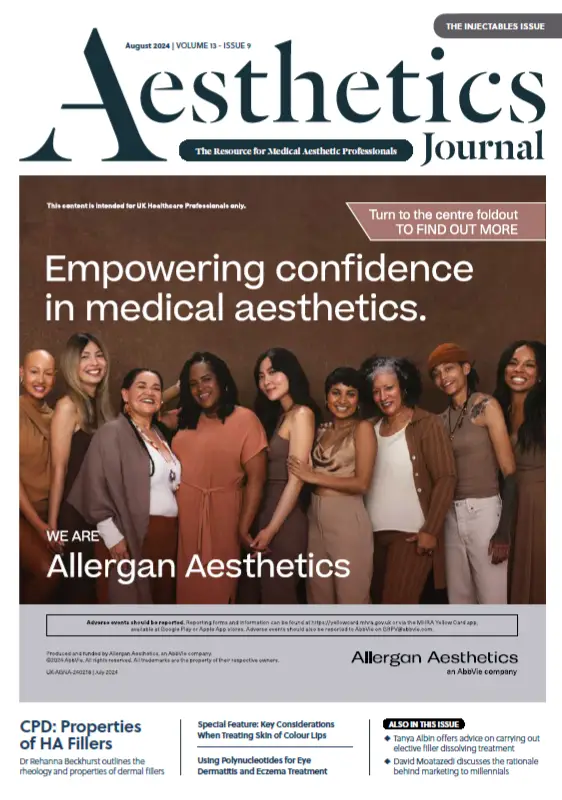Nurse prescriber Anna Baker provides an introductory overview of the treatment options for photodamage
To access this post, you must purchase Aesthetics Journal Membership – Annual Elite Membership, Aesthetics Journal Membership – Annual Enhanced Membership or Aesthetics Journal Membership – Basic Membership.









